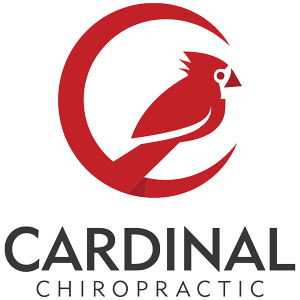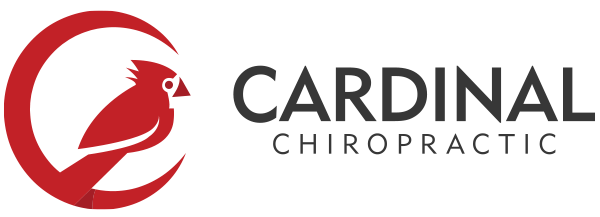Scoliosis, a lateral curvature of the spine, affects millions worldwide. While surgery is often considered for severe cases, non-surgical treatments have gained traction due to their effectiveness in managing mild to moderate scoliosis and improving quality of life. This blog will explore three leading non-surgical scoliosis treatments: ScoliBrace, ScoliBalance, and the Chiropractic Biophysics (CBP) technique.
Understanding Non-Surgical Treatments for Scoliosis
Non-surgical scoliosis treatments aim to slow and/or reduce the progression of spinal curvature, improve posture, reduce discomfort, and enhance mobility. These therapies are tailored to the individual’s spinal condition and overall health, offering a less invasive alternative to surgery. These therapies also offer a pro-active approach rather than the “wait and see” approach.
ScoliBrace: The Customizable Approach
ScoliBrace is a state-of-the-art bracing system designed to correct scoliosis curves using a 3D approach. Unlike traditional braces, which primarily aim to halt curve progression, ScoliBrace actively works to reduce the curvature by guiding the spine into a more natural alignment.
Key Features:
- Customized Design: Using 3D scanning technology, ScoliBrace is custom-fitted to each patient’s unique spinal structure.
- Corrective Over Passive: The brace applies targeted forces to push the spine into an improved position, rather than just holding it in place.
- Aesthetic Benefits: ScoliBrace is designed to improve posture and body symmetry, enhancing the patient’s confidence.
Patients typically wear ScoliBrace for several hours a day, with adjustments made as the spine improves or changes over time.
ScoliBalance: Combining Exercise and Awareness
ScoliBalance is a scoliosis-specific exercise program aimed at strengthening the muscles around the spine, improving balance, and reducing spinal curvature. The approach focuses on postural awareness, core stability, and flexibility.
Key Components:
- Individualized Programs: A certified ScoliBalance therapist designs a regimen based on the patient’s spinal curve, age, and physical condition.
- Active Participation: Patients learn exercises they can perform at home or under supervision, empowering them to take control of their treatment.
- Neuromuscular Re-education: The therapy retrains the body to adopt healthier postural habits, promoting long-term stability.
Many patients appreciate ScoliBalance for its dynamic and interactive nature, which encourages engagement in their own recovery process.
Chiropractic Biophysics (CBP) Technique: Correcting the Spine Through Precision
The Chiropractic Biophysics (CBP) technique takes a scientific and structural approach to treating scoliosis. It focuses on improving the alignment and biomechanics of the spine through adjustments, exercises, and spinal traction.
What Sets CBP Apart:
- Postural Correction: CBP identifies and addresses structural misalignments contributing to the scoliosis curve.
- Advanced Imaging: X-rays and digital posture analysis guide precise treatment plans.
- Comprehensive Care: CBP combines manual spinal adjustments with rehabilitative exercises and customized traction setups for curve correction.
CBP is particularly effective in addressing pain, stiffness, and functional impairments associated with scoliosis.
Choosing the Right Non-Surgical Treatment
The best non-surgical treatment for scoliosis depends on several factors, including:
- Severity of the curve: ScoliBrace may be more effective for moderate curves, while ScoliBalance is ideal for mild cases.
- Patient goals: Those seeking active involvement might prefer ScoliBalance, whereas those looking for a structured correction plan might lean toward CBP or ScoliBrace.
- Age and flexibility: Younger patients often respond well to bracing, while adults may benefit from CBP techniques or exercise-based therapies.
- Many people with scoliosis will often choose a combination of all 3 therapies.
The Bottom Line
Non-surgical scoliosis treatments like ScoliBrace, ScoliBalance, and the CBP technique offer hope and options to those seeking alternatives to surgery. Each method provides unique advantages, enabling patients to find a treatment plan that aligns with their needs, lifestyle, and goals. With consistent effort and expert guidance, these approaches can lead to improved posture, reduced discomfort, and a better quality of life.
If you’re exploring non-surgical scoliosis treatments, consult a scoliosis specialist to determine the best course of action for your condition. With the right strategy, managing scoliosis without surgery is not only possible—it’s empowering.

